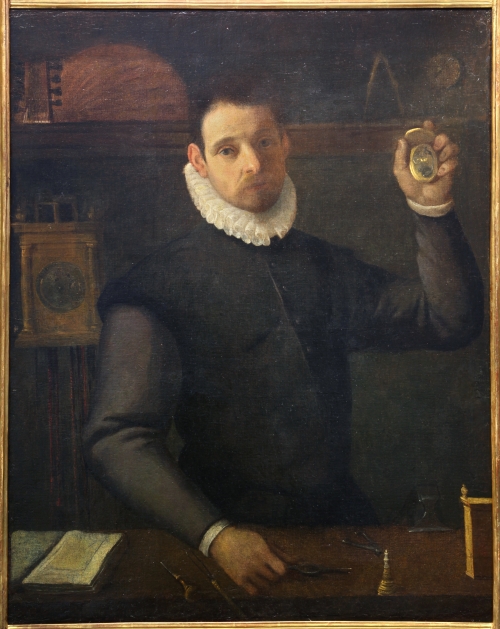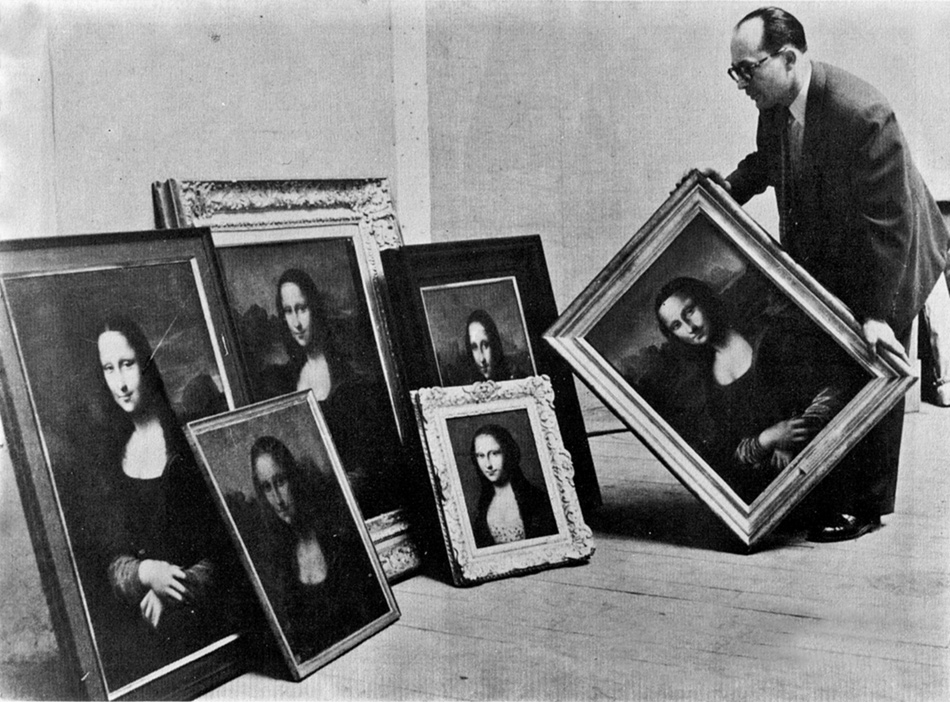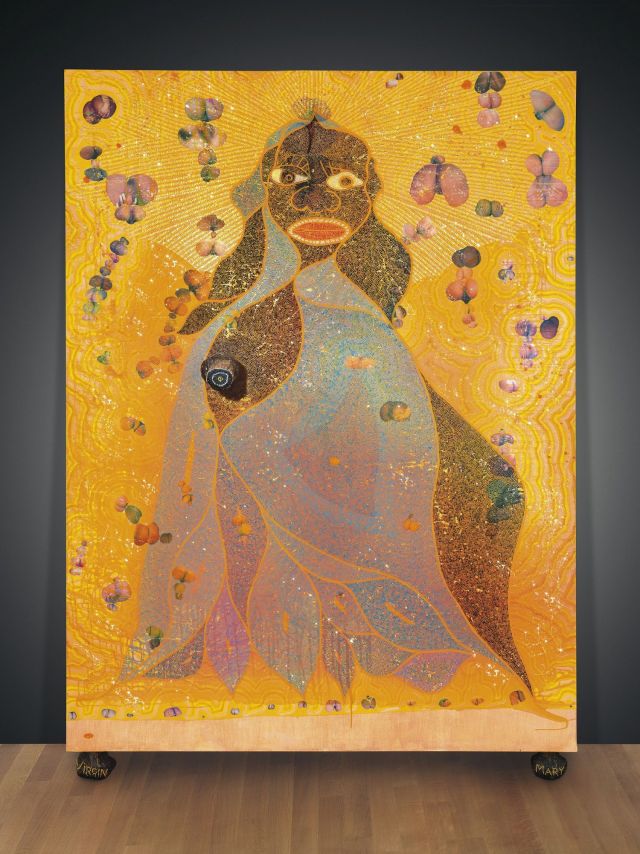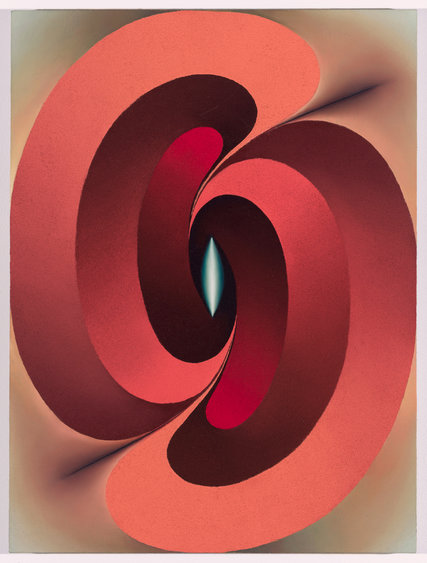The term ‘forgery’ is usually tied to the notion of replication, or creating copies of something so perfect that they are indistinguishable from the original. It is a concept often associated with the illegal printing of money or with copying signatures, and when it is applied to the art world, it is often believed to mean that precise copies of famous existing works are being passed off as originals. In the case of artists like Wolfgang Beltracchi, however, forgery takes on a slightly different definition. Instead of replicating and selling existing pieces of art, Beltracchi mimicked the style of well-known artists to pass original paintings off as their newly discovered works. His work was extraordinarily realistic, leading him to a highly lucrative decades-long career of art forgery that convinced the entire art community of his legitimacy so effectively that when he was eventually discovered, it was a widespread scandal.
In essence, Beltracchi’s work was a sort of reverse plagiarism. Instead of claiming the work of other artists as his own, he created his own original works using the styles and signatures of existing artists and claimed them to be new pieces he had discovered. He avoided famous, high-profile artists; a new painting by Picasso would certainly have invited scrutiny, but a smaller privately owned piece supposedly painted by Johannes Molzahn was far more plausible. Beltracchi began his work in the 70s, impersonating lesser-known German Expressionists and French Modernists and selling his work in flea markets and auctions throughout Europe. He was particularly attached to the German artist Heinrich Campendonk, whose work he imitated extensively and so effectively that expert scholars who had studied the original works failed to identify them as forgeries (Blumberg).
Having already achieved the early portion of his criminal lifestyle, Beltracchi married Helene Beltracchi, who eventually became a significant element in his counterfeit schemes. With his wife, Beltracchi constructed a cover story explaining why his family had access to so many undiscovered paintings; apparently, Helene’s grandfather had been acquainted with a Jewish art dealer immediately before Hitler came into power, and when the Nazi party seized his gallery, a a portion of the artworks had been sent to Helene’s grandfather. This lie was instrumental in keeping the couple’s entire operation afloat, so they seized every opportunity to make it believable, to the point of faking World War II-era photographs of Helene’s grandmother and forging labels for the backs of the paintings to increase authenticity. Despite the various holes that were found in this plot years later, the story was extremely effective and allowed the couple to make a massive profit gradually selling off faked paintings for several years. They were overwhelmingly successful, earning hundreds of thousands of dollars for Beltracchi’s replications, and they almost completely flew under the radar.
In 1995, Beltracchi made his first large public mistake. In a painting he was passing off as a 1914 Molzahn, an inspection revealed that samples of the paint he had used were a type of pigment not available in the 1920s, and the Beltracchis came under police scrutiny. They narrowly evaded arrest and settled in Spain, where their forgery business continued to be wildly successful. As several more years passed without notice, Beltracchi grew increasingly confident and began impersonating more famous artists such as Max Ernst, whose work was more profitable but also more renowned and therefore attracted more attention. According to an Art Critique article, the couple deflected this attention by seeking out highly acclaimed specialists to authenticate the paintings, which discouraged buyers from demanding scientific analyses before their purchase. Throughout the latter half of his criminal career, Beltracchi managed to pass off his own work as that of other artists to globally renowned art specialists such as Werner Spies and Yves Bouvier.
Eventually, in 2008, a painting that was sold to an auction house was unexpectedly scrutinized, and when Beltracchi was unable to provide the nonexistent certificate of authenticity, it was tested in a laboratory and found to be a forgery, which opened the pathway for all the paintings Beltracchi had sold to be called into question. When he finally admitted to having sold over 300 fake paintings, the art community fell into shock, as this invalidated the word of many art specialists and damaged the reputations of several people who had authenticated his works beyond repair. By this point, Beltracchi’s works had even been featured in several art collections showcasing the pieces of the artists he had emulated, and numerous museums and galleries lost both paintings to display and credit.
Beltracchi and his wife were sentenced to six and four years in prison respectively, but neither of them carried out their full sentence. He attempted to portray himself as a sort of Robin Hood in court, but this argument was not very effective, considering his actions had robbed the rich but only benefitted himself. Ultimately, the largest widespread impact the scandal had was exposing how carelessly certain art authenticators put their seal of approval on pieces they had little evidence of authenticity for, in addition to proving that those who purchase expensive paintings do so mainly for the name and not for actual legitimacy. Today, Beltracchi and his wife are no longer in prison and have remained involved in the art community, taking advantage of their criminal fame to sell books and film documentaries about their experiences.
Beltracchi’s actions have primarily called into question the actual worth of supposedly valuable artworks considering that evidently, these paintings do not have to be made by the original artist to have the same market value and effect. Additionally, it remained unknown for a significant period of time how many more of Beltracchi’s forgeries remained on display in public, as Beltracchi was not eager to make this information public. At first, he only confessed to having forged 14 paintings, and it was only after he and Helene were released from jail that he admitted to having forged far more paintings. As a whole, he had a massive effect on the art market and widely changed public perceptions on the value of art itself versus the value of the name on the painting.
https://www.vanityfair.com/culture/2012/10/wolfgang-beltracchi-helene-art-scam









